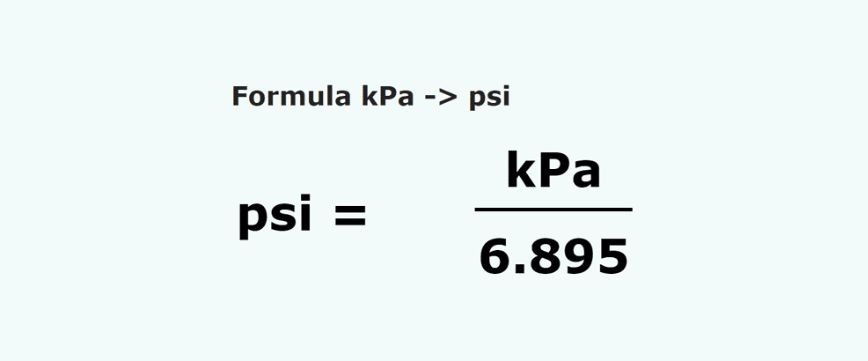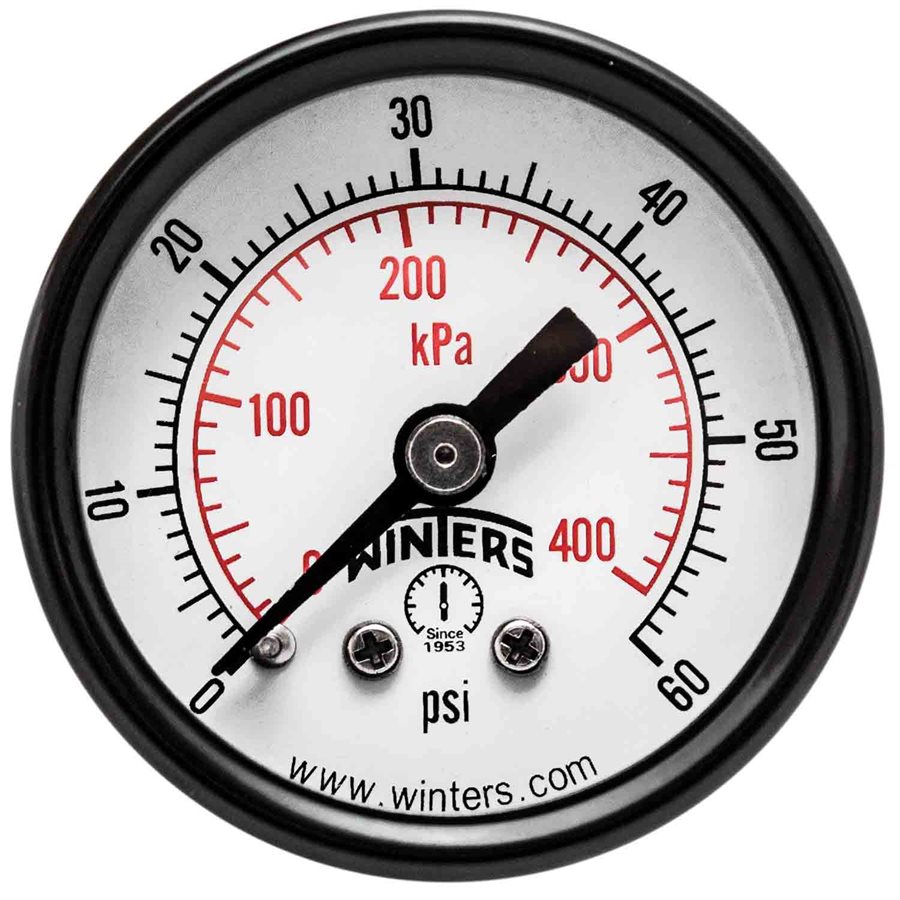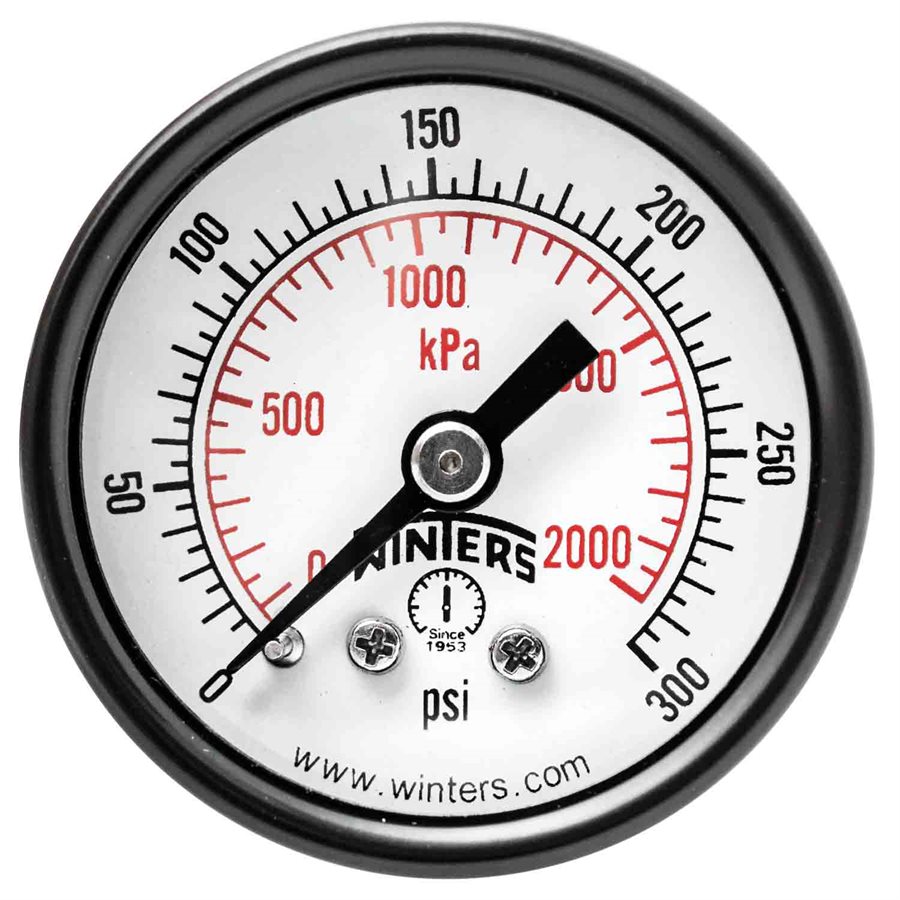

Linear mA out = 4 + (16 x ((Rdg – Low Limit) / (High Limit – Low Limit))) Parameters UnitĮnter the unit used for measuring pressure, e.g. This pressure transmitter output calculator uses the following formula to calculate the output over a 4-20mA range: A conversion scale graphic for each pressure and 4-20mA current output range combination entered is also displayed below the calculated values. Question: What is the pa value of one Pound per Square Inch ?Īnswer: 1 Pound per Square Inch to pa = 6894.76.This pressure transmitter 4 to 20 milliamp current output calculator provides a way to determine the output reading from the applied pressure and pressure transmitter range. Will get the pa amount i.e 1 psi = 6894.76 pa.Īnswer: 1 Pound per Square Inch equals 6894.76 paĪnswer: No. To calculate psi from pa, you only need to divide the pa Pressure value by 6894.76.Īnswer: As one psi ( Pound per Square Inch) equalsĦ894.76 pa, therefore, 5 psi means pa of Pressure.

That means that psi is more than a 6894.76 times bigger unit of Pressure than pa. Question: What is the difference between psi and pa ?

To convert from pa to psi, multiply your figure byĠ.0001450376807894691 (or divide by 6894.76).Īnswer: 1 psi ( Pound per Square Inch) is equal to Question: How many Pound per Square Inch are there inġ Pascal. To convert from psi to pa, multiply your figure by 6894.76 (or divide by Thanks for reading this article! Hopefully, it helps you understand what pressure is and how we measure the pressure of an object.įAQ regarding the conversion between psi and pa The pressure is defined to be the amount of force exerted per area. To make this concept precise, we use the idea of pressure. It is related to the density of energy and can be expressed in joules unit per cubic meter (joules/m³, which is equal to Pascal). Since an object or group of objects under pressure can act on its surroundings, the pressure is also measured as static energy in a single volume. The SI unit of pressure is Pascal, which is equal to Newton per square meter (N/m²). Pressure scalar quantity, because it has value but has no direction. Again, more pressure is required in the area. This means that if we apply a force in a single case, it will be a force.Īs an example, it is easy to take a photo with a pin because the area is less.

On the other hand, the force exerted on a single area is called pressure. In the language of physics, a force is an object that changes or tries to change its state by acting on it or that changes or tries to change its motion by acting on a moving object.įor example, if someone pushes against a wall, the force is applied whether it changes its position or not. Understanding Pascal and its conversions to other units of pressure is essential for anyone working with pressure measurements. It is part of the SI unit system and is commonly used in scientific and industrial settings. In conclusion, Pascal is a fundamental unit of pressure and an essential tool for measuring pressure in a wide range of applications. For example, the yield strength of many metals is expressed in units of Pascal. In addition to being used to measure pressure, Pascal is also used to express stress and tensile strength. The conversion factor between Pascal and psi is 1 Pa = 0.0001450377 psi, and the conversion factor between Pascal and bar is 1 Pa = 0.00001 bar. Other commonly used units of pressure include pounds per square inch (psi), bar, and atmosphere (atm). The SI unit system provides a standardized method of measuring physical quantities, and Pascal is the preferred unit of pressure in the system. Pascal is used to measuring pressure in a wide range of applications, including atmospheric pressure, blood pressure, and industrial processes. Pressure is defined as the force applied per unit area, and it is an important physical quantity in many fields, including fluid dynamics, thermodynamics, and materials science. The unit is defined as the force of one Newton per square meter. It is named after the French mathematician, physicist, and philosopher Blaise Pascal. Pascal (Pa) is the basic unit of pressure in the International System of Units (SI).


 0 kommentar(er)
0 kommentar(er)
